Unity in Community
~ Rising as One ~
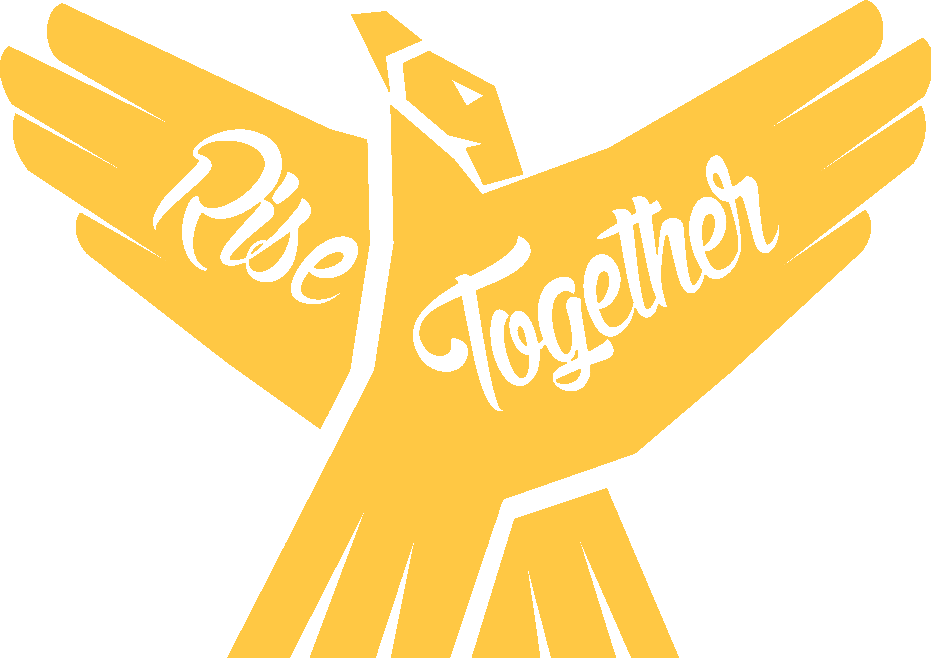
“So powerful is the light of unity that it can illuminate the whole earth.”
~Baháʼu’lláh
The Unity in Community: Rising as One Festival highlights and honors the collaboration, passion, and compassion that has served to raise up our community. Our ability and commitment to join together with a common purpose is a testament to who we are, and who we have always been as a college community.
Unity is a celebration of individuality. It is a deep appreciation and respect for the unique gifts and talents in all of us. The journey of unity is the creation of one voice that speaks to harmony and fellowship…individuals coming together with a mission to rise as one.
Rockland Community College continues to rise, to inspire, to choose hope over despair, to build an environment where all are cherished.
“We are each other’s harvest, we are each other’s business, we are each other’s magnitude and bond.”
~Gwendolyn Brooks
Poet, Author, Educator
We must embrace our roles as changemakers to be a beacon, that light in the darkness for our students and our colleagues. We must be vigilant in our mission and pursuit of excellence for those with whom we work, educate, and mentor. Only together will we rise as one community, dedicated to providing purpose-driven educational opportunities and empowering individuals to positively transform themselves and their communities.
This is our 5th annual Unity in Community Festival. Most of the events are free and open to the public. Those that charge an admission fee are noted in the event descriptions.
2025 Unity in Community Events
Essays
Unity in Community by Dr. David Lucander
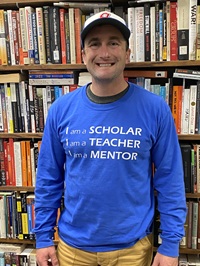
It doesn’t take a research survey to recognize that America is polarized these days. Our political leaders despise each other to the point of dysfunctionality and citizens feel like whoever they didn’t vote for is a mortal enemy. Beyond what happens in DC or Albany, much of American culture itself seems to be moving towards opposing poles. The algorithmic echo chambers of our social media feeds got us feeling like we’re living in separate realities and anything beyond the scope of our narrow world is either fake or just plain wrong. We’re even seeing patterns in how parents name their children that reflect the politics of the states that they are born in. If you’re wondering, some places have lots of Moshe and Fiona while Stetson and Oakleigh trending elsewhere.
There is much to disagree about, but we do not have to be disagreeable. At the personal level, we cannot not let the politicians wreck our families or friendships. As an institution of higher learning, we cannot let them attack our schools. As citizens, we shouldn’t let them use the diversity of thought – one of our country’s longstanding strengths – to divide us and undermine the greatness that makes America a magnet for freedom loving people across the world.
I’ve been teaching at RCC since 2009 and a lot has changed over those years. I came here as an idealistic white guy with a newly minted Ph.D. in African American Studies from a major university. Back then America had a Black family in the White House. I was using charts and graphs to illustrate all sorts of inequality in my diversity classes because I had to prove that we still had some issues. In courses on government I was practically begging students to pay attention and get involved.
As Biggie once rhymed, “things done changed.”
This generation of students has seen too many names become hashtags and they don’t need statistical evidence to know that racism still exists. What hasn’t changed is how I teach tough topics. Every day I’m navigating difficult conversations in my classroom about subjects that tear apart families and get people cancelled. Here’s the incredible thing: I’ve taught over 3,500 students and have never seen anything but mutual respect. The nature of the curriculum that I am entrusted with is of the type that people will disagree about and occasionally feel uncomfortable with.
There isn’t any special alchemy to fostering respect; it starts with common sense and establishing a culture of trust. Take it from Abraham Lincoln, who knew a thing or two about leadership in turbulent times. He recognized the value in surrounding himself with people who thought differently than he did. Lincoln knew that doing so exposed him to new ideas that could nudge him towards better decisions. Something the Humanities does well is to help us wrap our heads around stuff that doesn’t easily make sense. Two people can look at the same thing and see something completely different. Neither of them is lying to the other – it’s just that what we see is shaped by who we are, where we’re looking from, and what we’re looking for.
There are a lot of problems in this world. Always has been, always will be. There is nothing new under the sun, even genocide. To quote U2, “don’t let the bastards grind you down.” We should stay focused on what matters. Our intellectual growth. Keep our minds right. Stay healthy and active. Make a positive difference where we are with what we have. It seems like aunties of the 80s and 90s had some version of the Serenity Prayer hanging in their kitchens. You know the one I’m talking about. It’s attributed to Reinhold Niebuhr, a theologian who happened to be one of Martin Luther King’s biggest inspirations. That brief meditation is about accepting the reality we’re dealing with and knowing how to pick our battles. Those awesome aunties were on to something. Control the controllables. Take what we get. Make what we want. Keep it together. Persist.
It’s appropriate to close with a little bit of lyrical wisdom from Billy Joel, a Long Islander who is best known around here for a performance at the Cultural Arts Center back in 1977. He also sold 160+ million albums, has a ton of Grammys, and plays at MSG whenever he feels like selling out the world’s most famous arena:
The good ole days weren’t always good
And tomorrow ain’t as bad as it seems
Keep the faith y’all.
Much Love,
Dr. David Lucander
Building an Inclusive Future: The Difference Between Accessibility and Accommodations by Talia Lipton
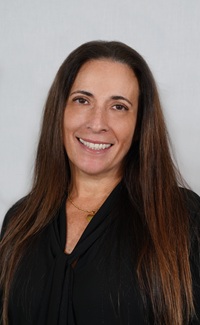 Talia Lipton, Associate Professor Communication Studies
Talia Lipton, Associate Professor Communication Studies
SUNY Accessibility Advocates & Allies Faculty Fellow
Have you ever broken your leg? Or have you had your eyes dilated at the eye doctor? Hopefully, the resulting physical limitations only had a brief impact on your daily routine. But what if the disability were permanent? It may be hard to imagine what it would be like to live every day with an enduring challenge in mobility, sight, hearing, or cognition. Yet, for many members of our community, these are daily realities.
To improve the quality of life for our college community, understanding the difference between accessibility and accommodations is essential. Accommodations are about making adjustments to help individuals access something that was not initially designed with their needs in mind; accessibility is about creating environments and learning systems that allow everyone to fully participate immediately and independently.
Ronald Mace was an American architect and product designer who, after contracting polio at age 9, was wheelchair bound for the rest of his life. Mace coined the term “universal design,” advocating for designing products and all newly constructed buildings to be accessible to the greatest extent possible for everyone. Let’s take a moment to think about this. When buildings are currently designed, accessible entrances are now a standard requirement. In the past, if a building was not accessible, a ramp might be built to accommodate them. An accommodation is a solution added after the fact, an adjustment made so that people with specific needs can access a space. The shift to universal design is about creating a structure that is accessible from the very beginning, to everyone, regardless of ability. In the academic world, Universal Design was a principle that originated from the world of architecture and has been applied to education; this is known as Universal Design for Learning (UDL).
UDL is about creating flexible learning environments that cater to the diverse needs of all students. In the same way that a new building is designed with power-operated doors and wider hallways to accommodate wheelchair users, classroom materials and assessments are designed with multiple means of engagement, representation, and expression, which will accommodate students requiring a variety of learning supports. UDL is not about making adjustments after the fact but about incorporating flexibility and accessibility into the design of the learning environment from the very start. Envision this: all students starting from the same starting line on the first day of class. No need to build a ramp!
Now, imagine taking this approach and applying it to our entire campus. What if every classroom, every hallway, and every online platform were designed with accessibility as a fundamental principle? What if students didn’t need to ask for as many accommodations because their learning environment was already inclusive by design? This would create a space where all students, whether they have physical disabilities or are neurodivergent, could thrive without the constant need for special accommodations or adjustments.
The SUNY Accessibility Advocates and Allies initiative is working toward making this a reality. The initiative seeks to build a culture of accessibility on SUNY campuses where individuals with disabilities, whether physical or neurological, are not seen as “other” but are welcomed and supported in their full diversity. There will always be barriers in the world; let’s strive to remove as many of these barriers as possible, and create a community of inclusion and access.
Authentic unity in community doesn’t mean merely accommodating those who require different support needs; it means designing a place where everyone is already included. As the great advocate for disability rights, Judy Heumann, once said, “For we are leaders of inclusiveness and community, of love, equity, and justice.” Let’s make SUNY Rockland a place where that vision becomes a reality for all members of our college community.
Poetry
Urban Nocturne By M.P. Nolan
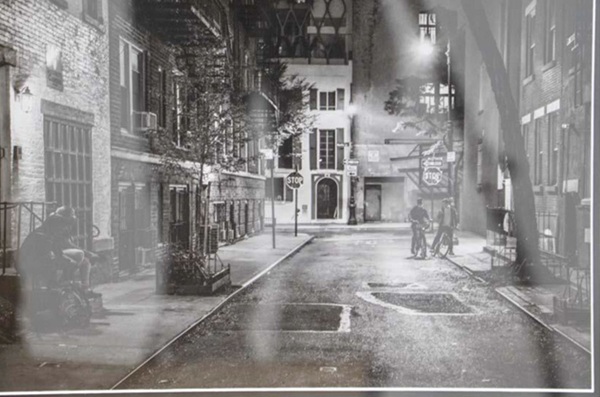
You stop to discourse
about how the streets
are now… as they were then—
barren of equality
perpetually open.
But, we have been here before.
We heard those echoes
of constant maladies
bouncing back and forth.
Those distant souls that float
through the cold brick of youth.
But, we chose to ignore
this corner of the City,
although we visited
the remnants regularly
through memories and lore.
We have been here before.
When we pretended
that the fragility
of peace was distant—
that we had moved forward—
dismissing growing shadows.
But, it was an empty truth
that obscured that quiet
observer in the corner
and the perpetual ache
of urban nocturne.
The Creature by Ariel Murtagh
In a wooded glade amongst icy wastes
I found
Entombed in hoary fractals
That familiar creature.
Bristling
Beaded eyes flaring with crumbling hope
Gnashing its wolverine jaws and curled
Drooling globules of mortality
Poised to rend my flesh
And scatter my entrails across silvery distances.
Yet I found that creature
In epicurean summers
Still recoiling in violent fear,
Desperately yearning for trembling fingers
To stroke and kiss with a crimson tongue
To exhale loneliness like dead skin
Drifting in flakes toward that frozen grove
Where I, mewling and nakedly, was born.
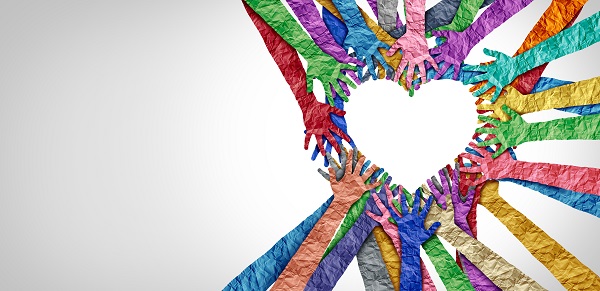
2025 Unity in Community
Coordinators
Patty Maloney-Titland – Co-Chair
Rachel Kraushaar – Co-Chair
Christopher Plummer
Rosemary Witte
Christina Schaudel
Alumni Representatives:
Emily Gerges
Frank McCue
Andrew Marcinak
Student Representatives:
Sophia Baumes
Ella Sembiring
Jason Matos
